How To Tell How Old A Barlow Knife Is? (Verifications, Stamps, And More)
Vintage and antique pocket knives are popular collectible items among men of all ages and professions. And as far as antique pocket knives go, it would be remiss not to mention Barlow.
The Barlow was a pocketknife style that became famous because its shape allowed the entire knife to be carried in a pocket.
First introduced in the early 1600s, it took two centuries before the knife became popular among the common folk.
Like any pocket knife, a Barlow’s age is essential for identifying it as a collectible since it affects the actual value.
So, if you want to know how to tell how old a Barlow knife is, the following guide should help.
How To Tell The Age Of A Barlow Pocket Knife?
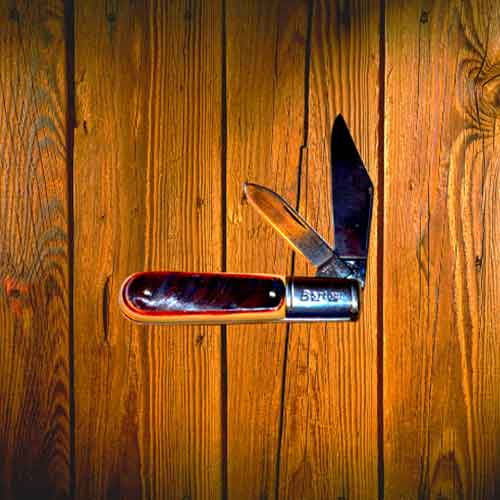
There are a few ways to tell how old a Barlow knife is. The easiest way is to look for a patent number on the Barlow.
The most common is the W. R. Case & Sons Cutlery Co. patent, stamped with “Pat’d” followed by two dates.
For example, one in April of 1920 and one in June of 1920. This indicates that this particular Barlow was made between April 1920 and June 1921.
However, if you don’t see the patent information, there’s still hope! You can use a checklist like the one below to figure out when your knife was made:
Verify The Barlow Manufacturer
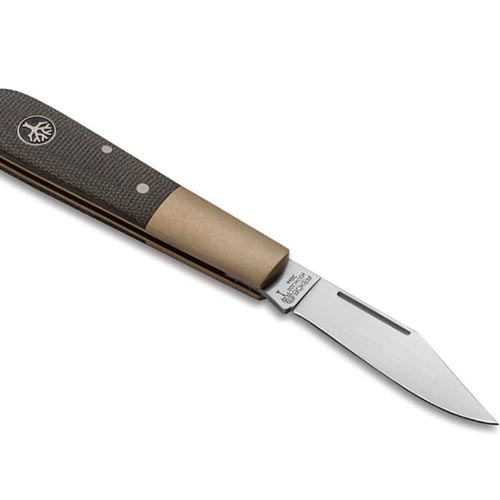
The first step to determining the age of your Barlow is to verify that it actually is a Barlow knife. Although this seems obvious, there are many pocket knives that are similar in style and size to a Barlow but are not actually Barlows.
If you don’t know the manufacturer or brand of the knife, you can take it to an appraiser for help in identifying it.
You may also want to check out some of the books on vintage knives available at your local library or bookstore for more information.
The Older The Knife, The More The Rust
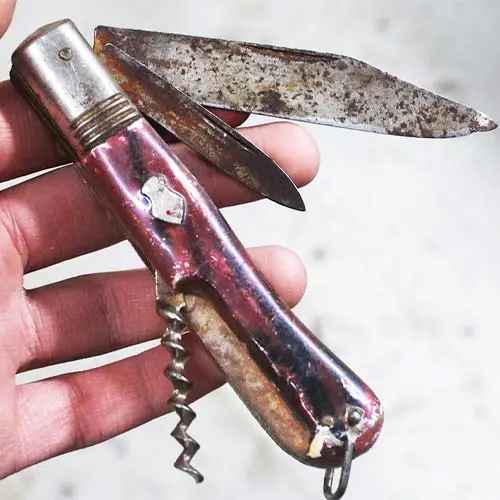
If you are trying to determine the age of a Barlow knife, start by examining the blade. Open the blade to expose its tang stamp and look for rust on it.
The older the knife, the more rust (if any) there will be on it.
The original knives were made of carbon steel, which is prone to rust if not cared for properly. If the blade is new (manufactured after 1970), it will be shiny and have no signs of rust.
Look At The Handle Material
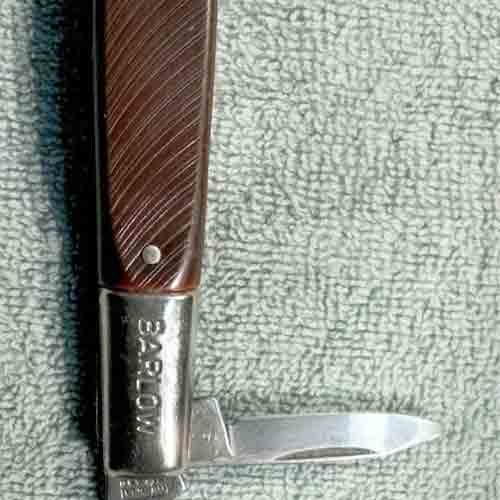
Look at the handle material. If it is bone, horn, or ivory, then it was made before 1900. Pick a date between 1840 and 1890 as your best guess for when it was made if the blade looks like a whittler or muskrat or trapper.
If the bone handle has been painted black and white like a barber pole, it was made after 1900. Look at the main blade and see if there is a sheep foot.
If so, then it is most likely a farmer’s jack since they were made with sheep foot blades after 1900 but seldom before that year.
If the handle is black celluloid with two layers rolled together in opposite directions (to resemble wood grain), then it was probably made between 1920 and 1945, as this is how Schrade-Walden made their handles.
Look at the blade and see if it is made of solid steel or hollow ground. If it is made of hollow ground, then it was made in the 1940s.
Solid steel would otherwise mean it was probably made in the late 1950s.
Check For Tang Stamps

If your knife was made before 1890, a tang stamp or marking on it could help indicate where and when it was manufactured.
You can find this mark by opening your knife and looking at the metal piece that runs from the blade to the base of the handle. The stamp will read “Made in (location) by (name),” or something similar.
Barlow knives have been around since the early 1600s, and over the years, they have acquired a following among collectors and enthusiasts.
As with any vintage knife, one of the best ways to determine its age and authenticity is by examining the tang stamp.
The tang stamp is the imprint on the blade that identifies the manufacturer. It can provide clues about when the knife was made, and can help you distinguish between original and replica knives.
The Russel Barlow knives were first manufactured in the early 1900s. The original model had a straight-line stamp with block letters reading “RUSSELL.” This stamp changed to a curved option in 1933, and remained in use until 1941.
For the Imperial Barlow knives, things are a bit more complicated. There were several different versions of the Imperial Barlow, each with its own unique tang stamp.
Check Out The Centre Pin
There are several ways to identify a barlow knife with a center pin. One way is to look at the position of the center pin on the handle.
If the center pin is in the middle of the scale, then it is an original barlow knife. If the center pin is closer to the bolster, then it is a replica or commemorative unit.
Another way to identify a barlow knife is by the material of the center pin. The original barlows have steel pins, while replicas and commemoratives often have brass pins.
Most center pins in replicas are not placed at the middle of the scale, but instead closer to the bolster. In addition, they are usually made of brass.
Examine for Personal Engravings Or “Signatures”
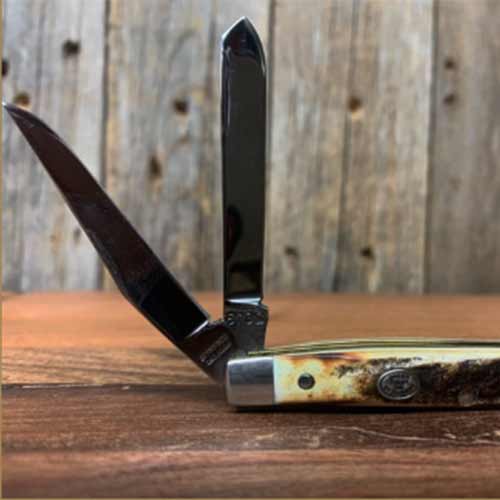
Many people who had a Barlow knife with them at all times would carve their initials on the handle or blade.
Some Barlows were made with handles attached that could be removed to make them more compact.
A pocket-size knife could have had a petite handle attached to make it more easily carried in a pocket or vest.
These knives are also likely to have names carved on them. If you find either of these types of engravings, you can date your knife to the period when that person lived because his signature will help you find out when he lived.
The Newer Ones Are Easier To Find
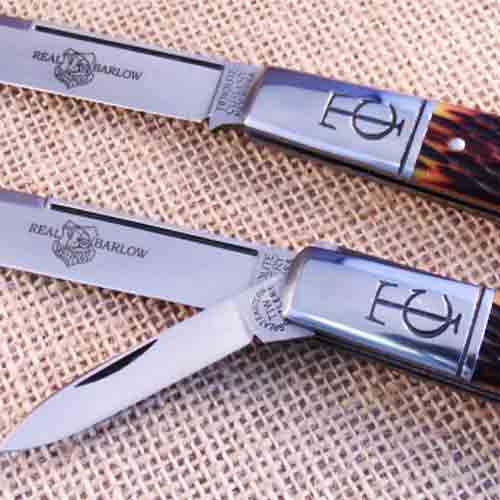
The old Barlow knives were made by hand, so they may not have all been precisely the same size. They are still collectible today but are more difficult to find and can be worth more money if they are in good condition.
On the other hand, the newer Barlow knives are generally easier to find. Several different companies, including Queen Cutlery, Ulster, and Imperial Schrade Corp still produce them. They can be found in most catalogs that sell knives.
FAQs
When were Barlow knives first made?
The popular saying is that the Barlow knife was invented approximately in 1670 in Sheffield, England.
Was the Barlow Knife invented during the industrial revolution?
That’s what’s believed to be the case. As the revolution began in England in the 17th century, pocketknives began to be mass-produced alongside firearms.
The period also happens to be when Obaidah Barlow, the knife’s presumed inventor, was running his pocketknife business.
What defines a classic Barlow knife?
A two-bladed pocket knife with both blades on one side of the knife, having blades made of Damascus or carbon steel.
Were Barlow knives made in the USA?
Sheffield, England, is where the Barlow knife is believed to be originated from, although several American families claimed its invention rights.
Nevertheless, the USA had undoubtedly been the home to some of the earliest manufacturers of this knife.
Conclusion
Hopefully, this article has given you some insight into how to tell how old a Barlow knife is.
The process may be challenging, but it’s a task that you should take upon yourself if you are genuinely interested in identifying the antique value.
The more information you can obtain about your pre-owned Barlow knife, the better an idea you will have about your Barlow pocket knife value.
Yet, I highly suggest that you visit a qualified antique store to have knowledgeable professionals appraise it for you.
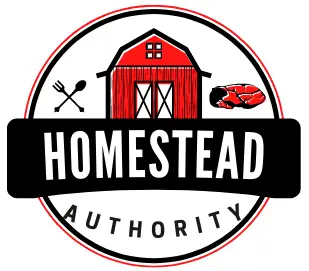
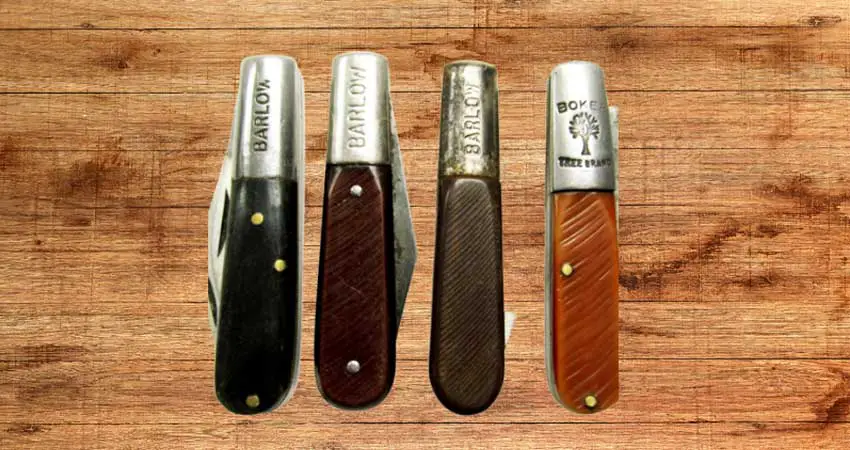
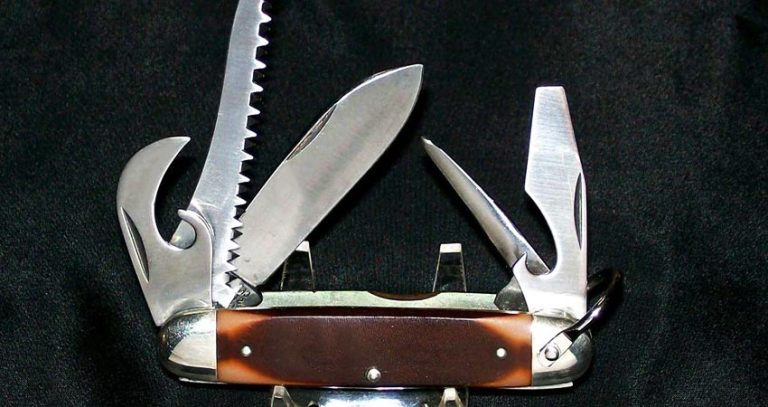

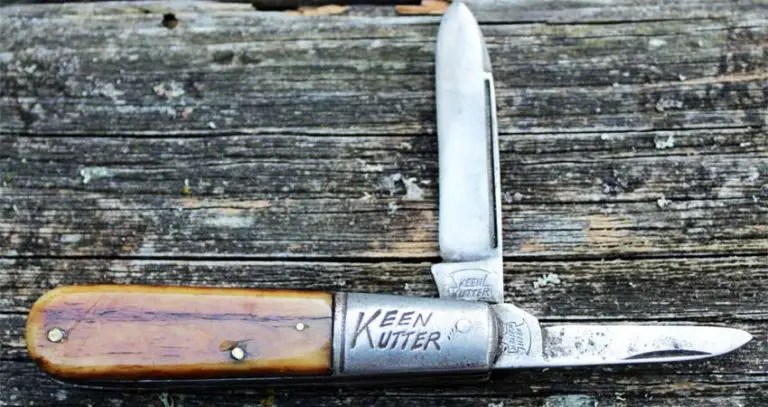
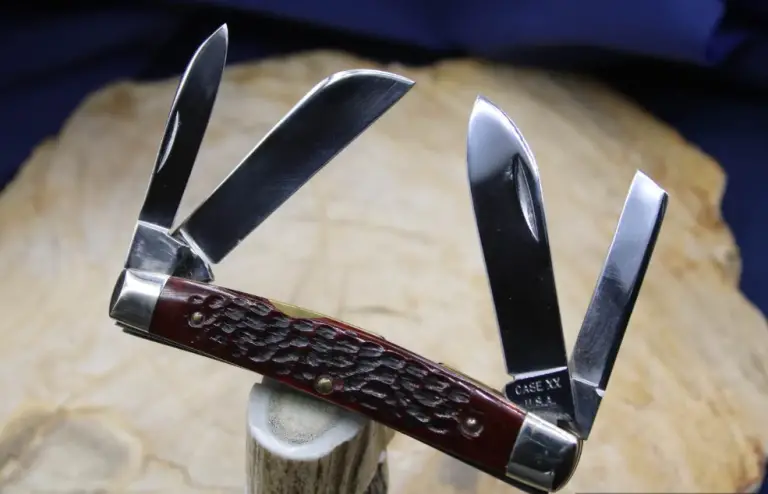
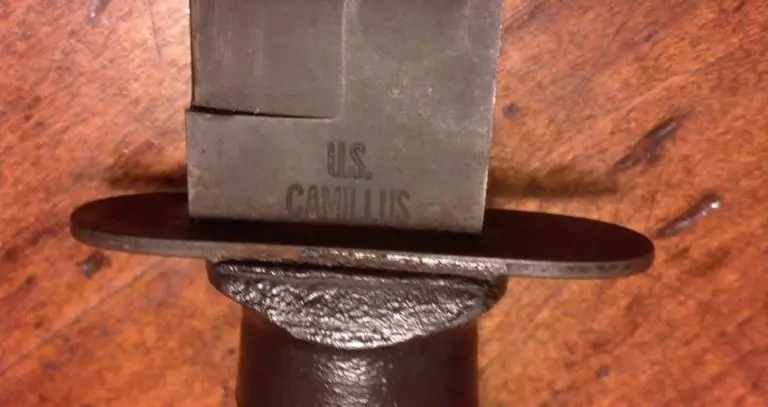
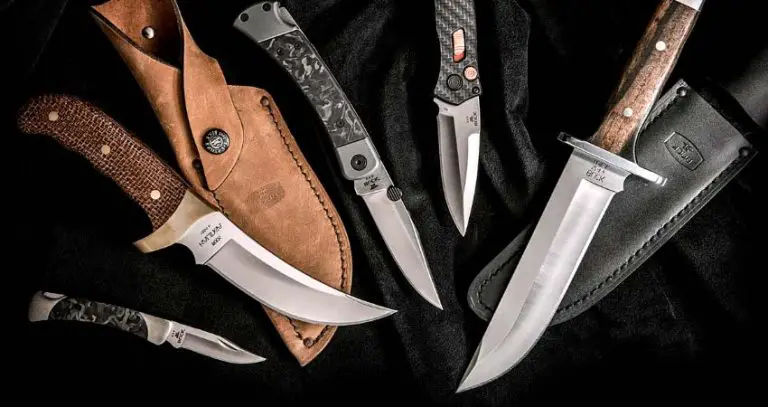
I have a Barlow knife with a bone or horn handle. The longer blade is not very rusted and is stamped with the word PARIS. The smaller blade on the same side does have some rust on it. Above the handle in all caps is the name BARLOW. Can you give me an age estimate please.
I too have an old Barlow without handle covering. Rusty and it is stamped STAG Ireland. Thank you xoxo TGG